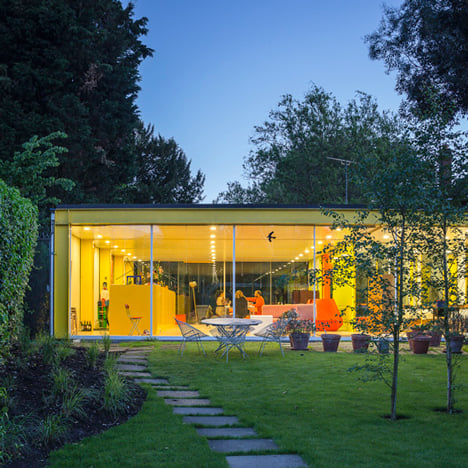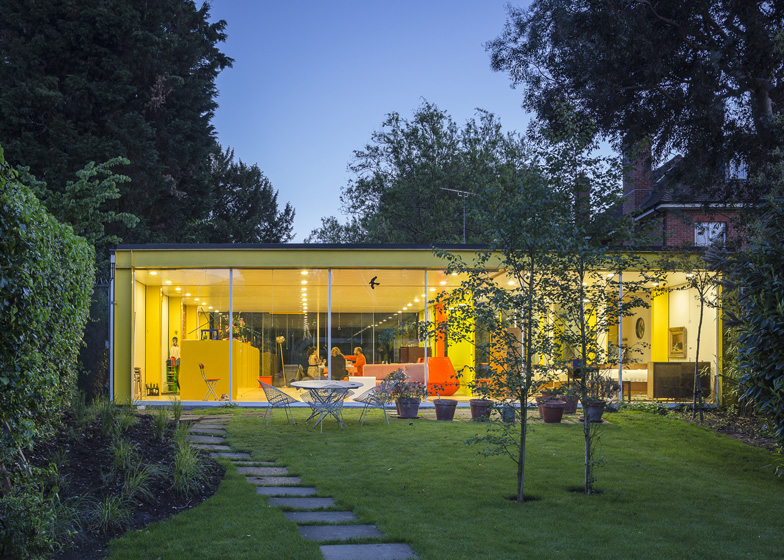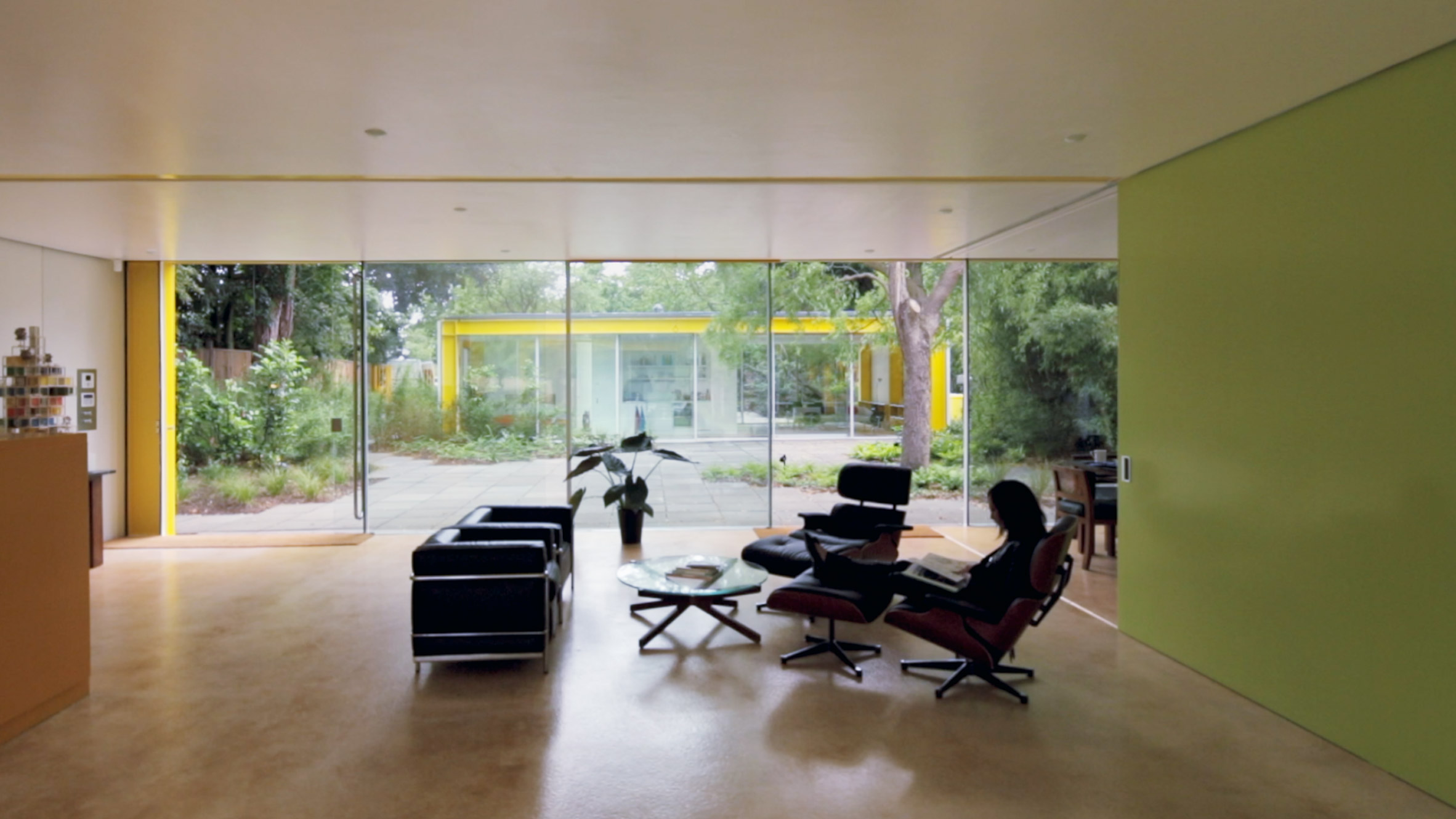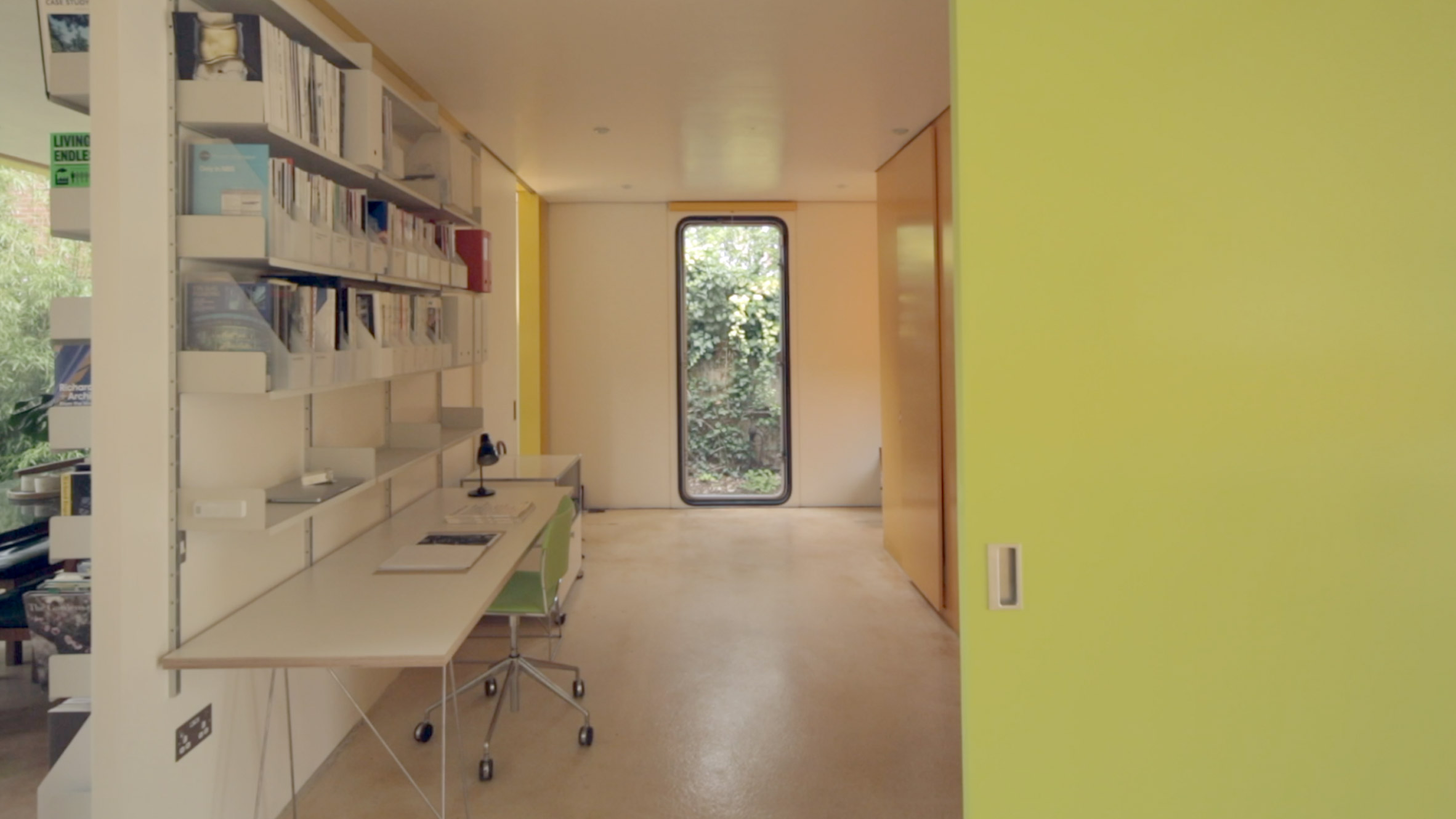
In the final exclusive interview that Dezeen filmed with Richard Rogers in 2013, the late architect discusses the concept behind his Wimbledon house, 22 Parkside.
The interview forms part of a series Dezeen filmed with Rogers to coincide with a retrospective of his work at the Royal Academy of Arts in London in 2013.
Rogers, who passed away on 18 December aged 88, was one of the world's most famed architects, best known for pioneering the high-tech architecture style that emerged in the 1970s.
He was responsible for designing the Centre Pompidou in Paris with Renzo Piano, as well as the Lloyd's building in central London.
In this interview, Rogers reflects on the influence of the Grade II-listed 22 Parkside, also known as Wimbledon house, that he designed in the late 1960s for his parents in Wimbledon, London.
Rogers hoped that the house would demonstrate the potential of prefabricated homes and revolutionise the housing industry.
"This wasn't gonna be a one-off like our previous buildings," Rogers told Dezeen. "This was going to be a standardised system to solve the British housing problem."
Read on for a transcript of the interview below:
"The Wimbledon house was designed for my parents, I guess we started in 1967 and it has been through a whole series of different clients and users.
"Now we've given the house to Harvard, and they're using it to house graduate students. We've been strongly influenced by people like Soriano, Ellwood, Prouve, Eames and so on.

"We were looking at prefabricated systems, process construction. The idea was that we could put up the house fast, it could be all built in a factory, so you didn't have to have all the weather problems, it could be programmed – and really the final idea, you could buy it from your local shop, because you could have the standard components.
"We ended up with this simple rectangular plan, two parts, a courtyard in the middle, the house on the north side, and then we call the lodge.
"We decided to use a very simple steel frame, upside-down C's and you could have as many as you'd like in a line and the house could be as long as you wanted.
"Then you bought bus doors and bus windows and put those on the sides and at the ends of this long tube was just glass, so you looked out to the common or looked out at the gardens as an absolute visual continuity.

"This wasn't gonna be a one-off like our previous buildings, this was going to be a standardised system to solve the British housing problem.
"It didn't, but it led to most of the work I do some 50 years later and more.

"In a sense, it was a prototype also, to the Pompidou Centre. Now Renzo Piano had obviously added his technological knowledge, which is absolutely brilliant.
"So if you put the Wimbledon house and you put Renzo's work together you sort of get the Pompidou Centre.
"Now, it's a much bigger thing. It has escalators across the facade, the open spaces in the floors are the size of two football fields, you can't see that about Wimbledon, and so on, but the concepts were there and the bright colours are there.
"So again, we wanted somewhere which could be fun, which could be enjoyable, which you could participate with, which wasn't just a brick house with windows cut into it."
The post 22 Parkside "led to most of the work I do" says Richard Rogers appeared first on Dezeen.
from Dezeen https://ift.tt/3I92PIs
No comments:
Post a Comment